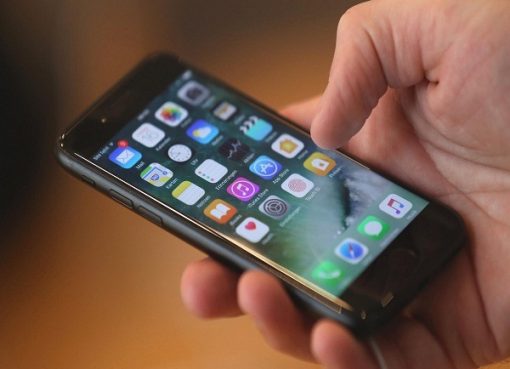What if Abraham Lincoln could address US Congress today? Or your great grandmother could help run the family business?
Researchers and entrepreneurs are starting to ponder how artificial intelligence could create versions of people after their deaths – not only as static replicas for the benefit of their loved ones but as evolving digital entities that may steer companies or influence world events.
Numerous startups are already anticipating growing demand for digital personas, including Replika, an app that learns to replicate a person in the form of a chatbot, and HereAfter AI, which records people’s life stories and uses them to create a replica embedded in a smart speaker.
Even Big Tech seems to acknowledge the potential: Microsoft Corp recently patented a method of using chatbots to preserve historical figures and living people.
A Microsoft spokeswoman says there is no plan to use it.
Digital personas take many forms, from chatbots to animatronic robots to moving projections that gesture and speak like the real thing. AI is usually central to building and training them to interact with people. Already, hologram-like projections of dead musical artists, including Roy Orbison and Tupac Shakur, have performed on stage.
In the Microsoft patent, two of the company’s inventors, Dustin Abramson and Joseph Johnson, describe a conversational chatbot that uses data from social media, voice recordings and writings “to train a chat bot to converse and interact in the personality of the specific person”.
That person, the patent says, “may correspond to a past or present entity (or a version thereof), such as a friend, a relative, an acquaintance, a celebrity, a fictional character, a historical figure.”
The patent goes on to describe how the chatbot could mimic a person’s voice and interact using two- or three-dimensional images “to create a more realistic, human-like chat experience”.
As digital personas get closer to the real thing, they may become able to learn and evolve beyond the originator’s death, adapting to new events as they happen. That would confer a kind of digital immortality – not only preserving a personality but allowing it to live on in virtual form.
Such “immortal” personas could continue to interact with their families, friends and descendants long after their deaths, and inform historical and genealogical research.
They could also be put to use aboard spacecraft exploring the universe, venturing further than any ordinary human could in a lifetime, says David Burden, an author and the chief executive of Daden Ltd, a UK-based company that builds chatbots.
Living people might use digital replicas of themselves that email and chat with colleagues to get more work done, or to take over while they are on vacation, Burden says.
It is easy to foresee that advancing further.
An Elon Musk-like executive might want to use a digital persona to manage a business after his death, Burden says.
“People who have created organisations and businesses don’t really want to let go of the reins,” he says. “Why not just hand it over to some sort of construct that will continue to grow the business in line with their particular thought?”
As with many sci-fi visions of the future, there are downsides.
Virtual personas, for one, are inherently imperfect because they are typically based on speech, writings, social media posts and other output that doesn’t necessarily capture the essence of a person. A digital persona constructed via AI has no consciousness.
Society may have to wrestle with questions about who owns a dead person’s avatar and any income it produces. Should virtual personas have rights? And will their existence mean people can’t fully grieve the loss of friends and relatives who are preserved?
Personas could also be created without the originator’s knowledge or permission, provided enough data exists in the public realm to train an AI model to mimic him or her. Historical figures could be resurrected, whether or not they would have liked to be.
Good replicas of famous people or politicians could also allow them to exert influence over future events, shaping the world from beyond the grave.
Davide Sisto, a philosopher at the University of Turin in Italy and an author who focuses on mortality in digital culture, says he hoped it wouldn’t be possible for a politician such as former Italian Prime Minister Silvio Berlusconi to have a virtual counterpart that continued to operate indefinitely in the public space after his death.
In some ways, Sisto says, a digital ghost is just an extension of how people have sought to stay close or communicate with the dead through human history.
“Whereas photographs could substitute the body of the dead in a static way, today digital technologies give motion and activity to this ‘eternal’ image,” he says.
It will likely take a while before genuinely convincing replicas of people are all around us.
Maggi Savin-Baden, a professor at the University of Worcester who co-wrote a book with Burden on digital immortality, had a persona modelled after herself made last year – an animated head and shoulders with speech output from a chatbot.
She asked people from her professional world who didn’t know her to interact with it and then with her. Not everyone was fooled.
“They said some of it felt really like me and some of it just didn’t at all,” Savin-Baden says. “It’s still quite a mixed bag.” – Bangkok Post, Thailand/Tribune News Service
Source: thestar










